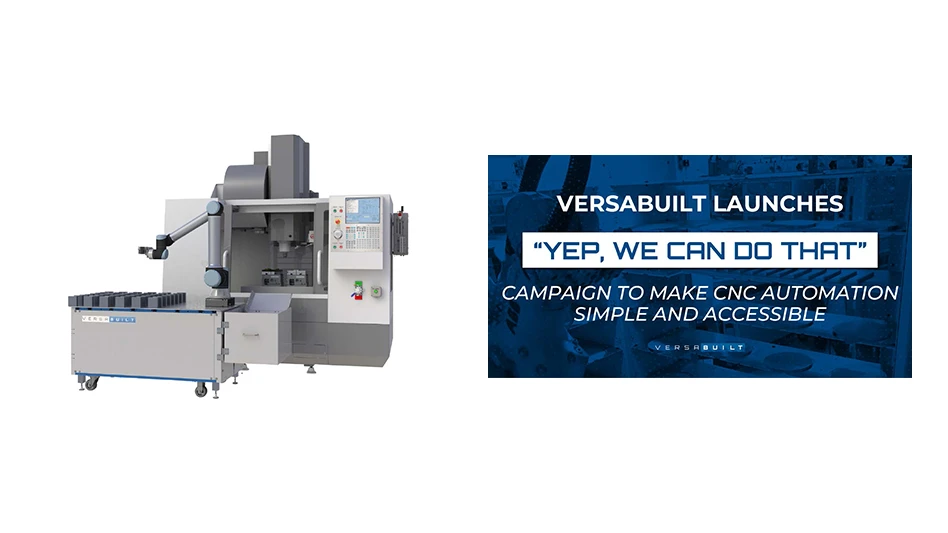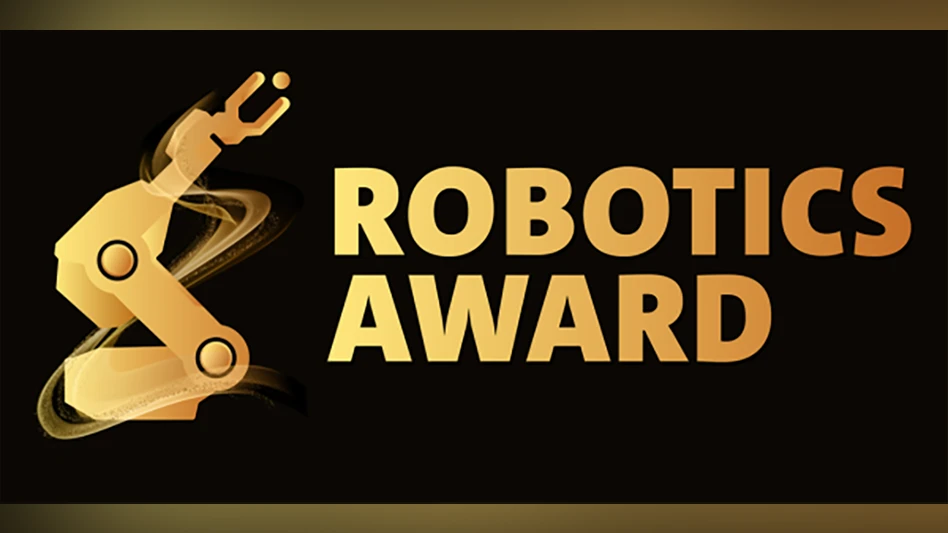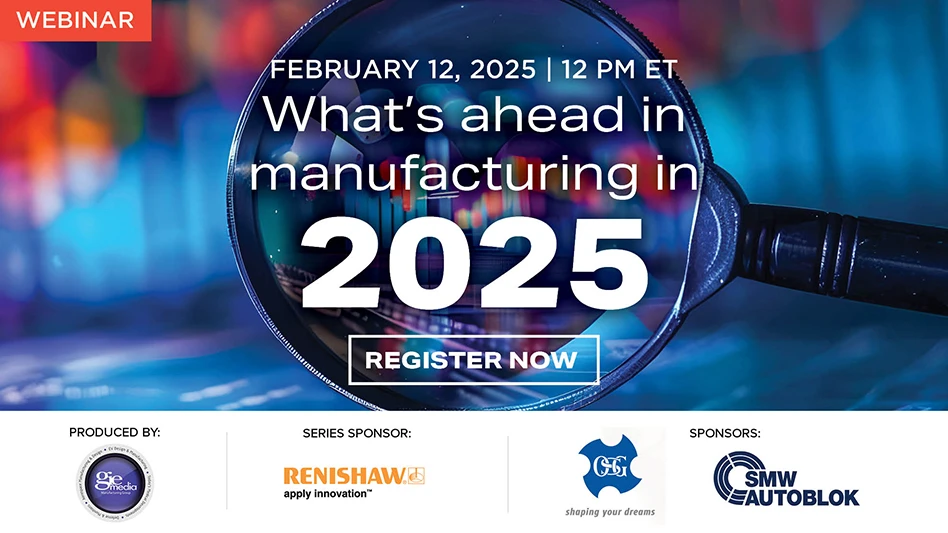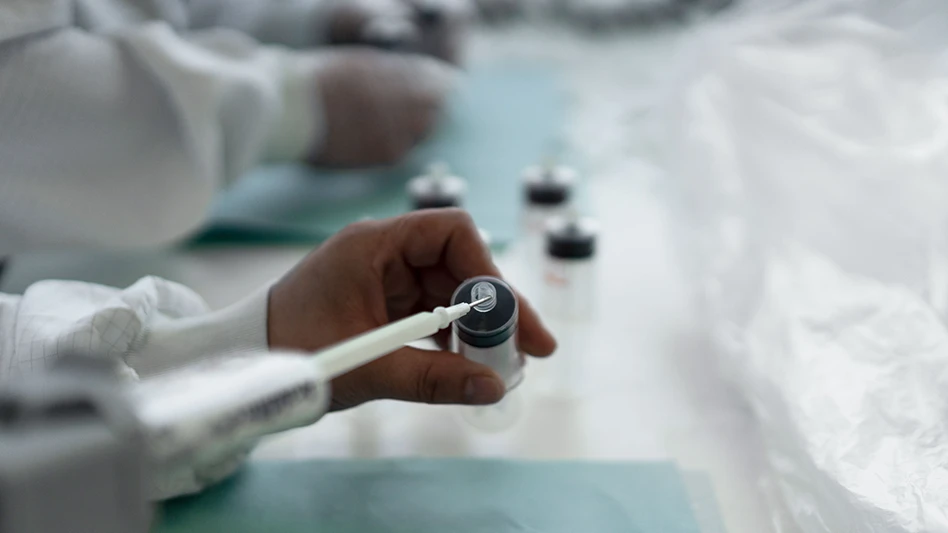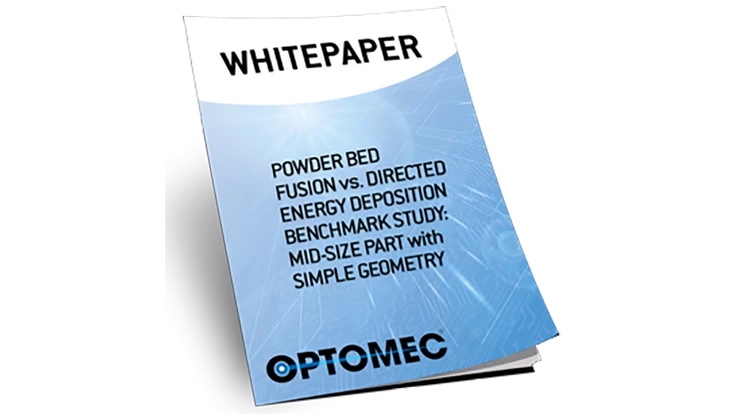
Albuquerque, New Mexico – Optomec officials have announced results of a benchmark study revealing directed energy deposition (DED) technology to be 10x faster and 5x less expensive than powder bed fusion (PBF) for building mid-size metal parts.
“The two most commonly-used commercial methods for laser-based metal additive manufacturing technology today are PBF and powder-fed DED. Each has core strengths and can be used for similar projects. So, what we wanted to clarify with this study was when is one method better than the other,” says Lucas Brewer, LENS application development manager at Optomec. “We put both technologies to the same task and were surprised to see such dramatic differences in build time and cost. We believe this type of exercise will help customers better understand the strengths of each approach. We are always striving to help our customers improve build speed and maximize value from their machines.”
Optomec set out to determine the relative print speed and price to build a mid-size (150mm, dia.; 200mm tall) metal part made of Inconel. To establish a baseline, a part geometry was selected that could be built without support structures. Production was outsourced to two separate and independent service providers – one for PBF and one DED. A conical shape housing with internal tubular structures was designed for this study. Quoted process parameters, build time and the price to build the part are shown in the following table.

Latest from Today's Medical Developments
- Manufacturing technology orders fall for 3rd year
- Soft joint model for robots
- TANAKA PRECIOUS METAL TECHNOLOGIES’ Visi Fine
- Auxilium Biotechnologies prints medical devices on the International Space Station
- KYOCERA SGS Precision Tools’ APEX Application Expert
- North American robotics market holds steady in 2024 amid sectoral variability
- Evident’s DSX2000 digital microscope
- Ferrocene becomes first Rust toolchain to achieve IEC 62304 qualification


